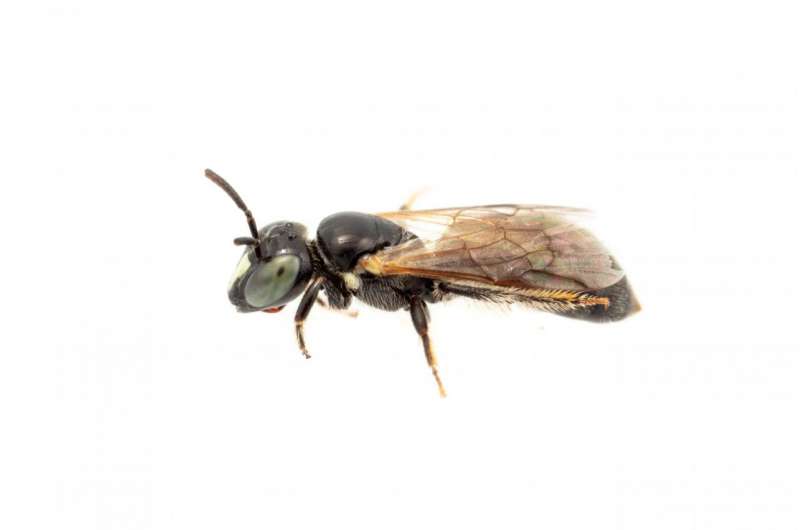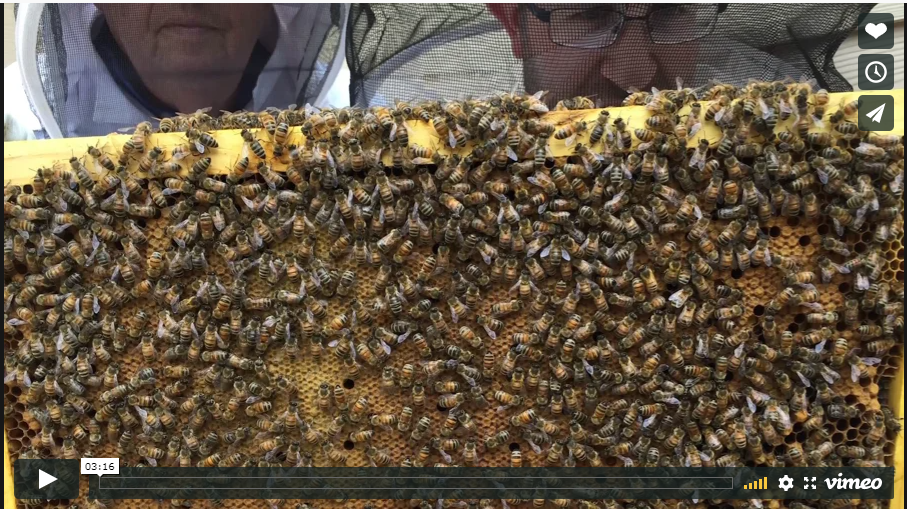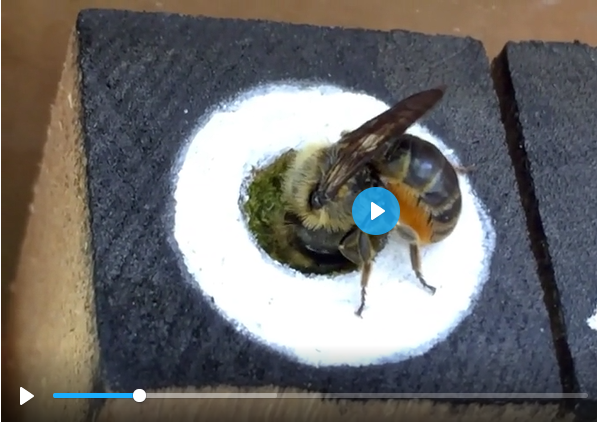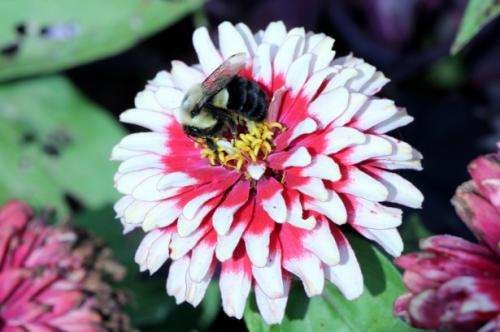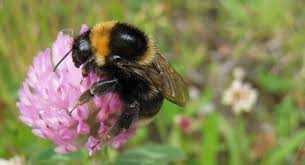Rare bee found after 100 years by Flinders University Pharohylaeus lactiferus (Colletidae: Hylaeinae). Credit: James Dorey Photography A widespread field search for a rare Australian native bee not recorded for almost a century has found it’s been there all along—but is probably under increasing pressure to survive. Only six individual were ever found, with the last […]
Rare Australian bee found after 100 years
